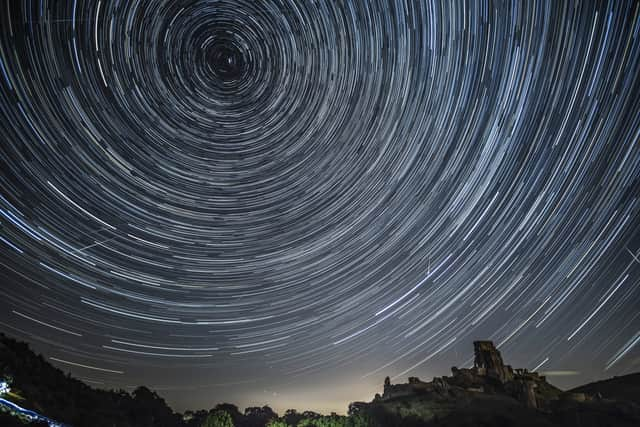September 2023: Top astronomical events to see this month - from the equinox to the new Moon
and live on Freeview channel 276
Stargazers have much to look forward to this month, from the new moon to the September equinox, there's a great deal going on if you turn your gaze skywards.
High up on the list of space sightings coming over the next few weeks is what astronomers are describing as a once-in-a-lifetime experience - a rare and exciting opportunity to see a green comet with the naked eye.
Advertisement
Hide AdAdvertisement
Hide AdComet Nishimura was only discovered in August and is passing the Earth just before dawn on Tuesday 12 September.
So as autumn arrives, there are plenty of surprises coming in the shape of astronomical events. Here's what's happening for the rest of the month.
September 15 - New Moon
As the Moon will be located on the same side of the Earth as the Sun, it will not be visible in the night sky. However, this is the best time to observe faint objects such as galaxies and star clusters because there is no moonlight to interfere - do watch out for the weather forecast though as clouds could spoil your view.


September 18 – Venus at Greatest Brightness
Venus is reaching its greatest brightness on September 18. This is the brightest Venus will be in the morning sky before it starts to travel back toward the Sun and eventually appear in the evening skies again.
September 19 – Neptune at Opposition
Advertisement
Hide AdAdvertisement
Hide AdFor those not familiar with the term “opposition,” it means that Neptune and the Sun will be opposite each other (with the Earth in between). The Sun will illuminate Neptune, which makes it the perfect time to see the planet, but you will need a visual aid to see it.
September 23 – September Equinox
The September Equinox – called the “autumnal equinox” in the northern hemisphere and the “vernal equinox” in the southern hemisphere – is the point where Earth experiences roughly equal lengths of day and night.
September 23 – Mercury at its Morning Peak.
Mercury can only be observed when it reaches its “highest” point - or when it is visually furthest from the sun. This occurs cyclically as part of Mercury’s 88-day orbit. Mercury sometimes reaches its “peak” in the morning, then in the evening.
September 26 – Close Approach of the Moon & Saturn
Saturn appears again on the night of 26 September. The Moon will again be bright and using a telescope or binoculars will help you see it better.
Comment Guidelines
National World encourages reader discussion on our stories. User feedback, insights and back-and-forth exchanges add a rich layer of context to reporting. Please review our Community Guidelines before commenting.
